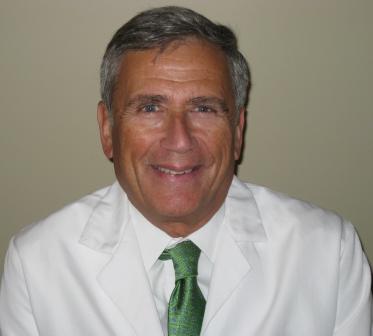By Dr. Allen Lebovits
As we approach the holiday season, many parents are looking forward to catching up with their older children home from college or on break from high school. I encourage parents to use this extra time as an opportunity to talk to their kids about the risks of opioid use and what to do if they or someone they know may need help.
Young adults are the biggest misusers of prescription drugs in the U.S. – including opioid pain relievers – and the rate of deaths from drug overdose among 12- to 25-year-olds in New York has more than tripled since 1999. Most people use drugs for the first time when they are teenagers, and drug use is highest among people in their late teens and twenties. Early intervention is critical to preventing long-term addiction issues, and parents are often the “first responders” when it comes to helping their children avoid or overcome a substance use disorder.
The U.S. is in the midst of a national opioid crisis that claims the lives of 91 Americans each day – one person every 16 minutes. Overdose deaths due to opioids, which include prescription pain relievers and heroin, are now responsible for more deaths in this country than car accidents or firearms. More than 3,000 New Yorkers died due to drug overdoses in 2015, the vast majority due to opioids. Deaths from drug overdoses and chronic drug abuse in New York have increased 71 percent over the past five years.
Here are some steps that parents and other responsible adults – including coaches, teachers, and mentors – can take to help prevent opioid addiction or intervene when misuse becomes a problem, potentially saving a young person’s life:
- Address the issue: opioids are a necessary and useful part of treatment for some medical conditions, but these powerful drugs come with a high risk of misuse and dependency. Talk to your kids openly and honestly about the dangers of opioid misuse, and make sure all medications in your home are stored safely and securely. Research shows that 80 percent of all heroin users started out misusing commonly prescribed opioid painkillers such as oxycodone, hydrocodone, codeine, and morphine.
- Understand the risks: many teens and young adults first use opioids prescribed by their doctor after a common medical issue, such as a sports injury or wisdom tooth surgery. Talk to your provider about limiting the number of pills prescribed, and whether your child truly needs to take opioids or if there are lower-risk options available for addressing pain during recovery from an injury or surgery.
- Spot the signs: common indicators of substance use include general changes in mood and behavior. A person who is actively misusing opioids may seem drowsy and disoriented; movements may be slowed and speech might be slurred, and they may seem to be withdrawn, depressed, or overly energetic. Drug paraphernalia which could indicate heroin use includes vials, needles, rubber tubing, and spoons that are bent or burned on the bottom.
- Find appropriate support: opioid dependency is a chronic condition that requires medical intervention. If your adult child needs help, look for a treatment program that incorporates medication-assisted treatment (MAT). Research shows that MAT increases the odds for long-term recovery and reduces the likelihood of relapse by easing symptoms of withdrawal and reducing cravings. Many of the most effective opioid treatment programs combine MAT with talk therapy and ongoing community-based services, such as peer support from individuals who are living with long-term recovery from substance use.
For more information and tips on preventing or addressing opioid use disorder, visit Optum.com/Recovery.



